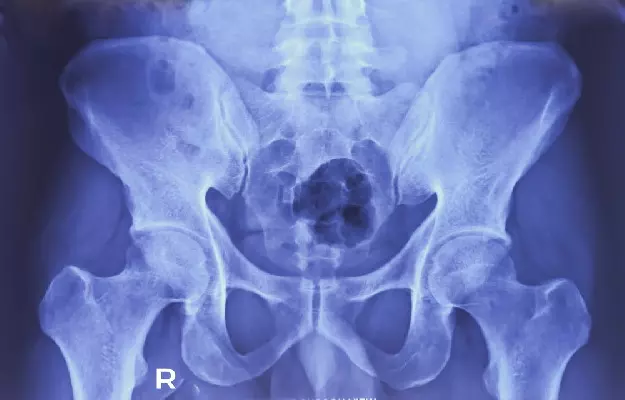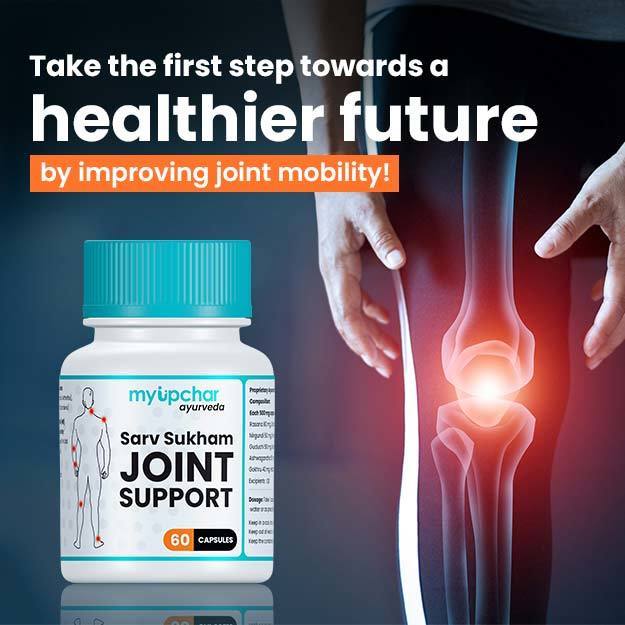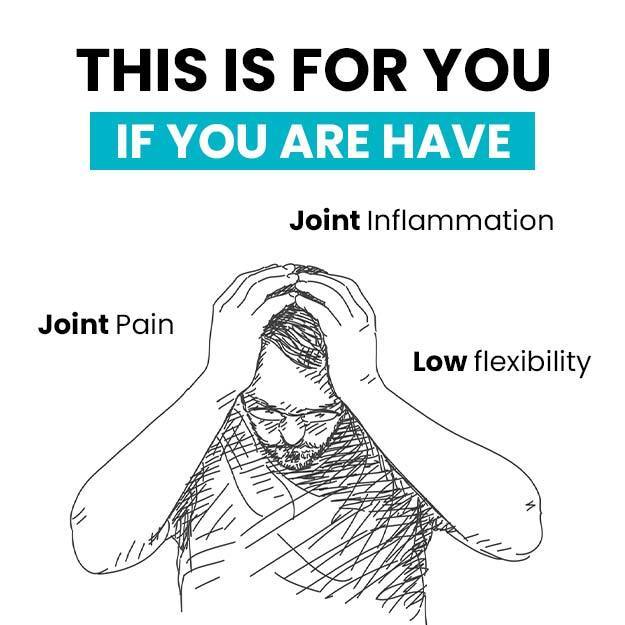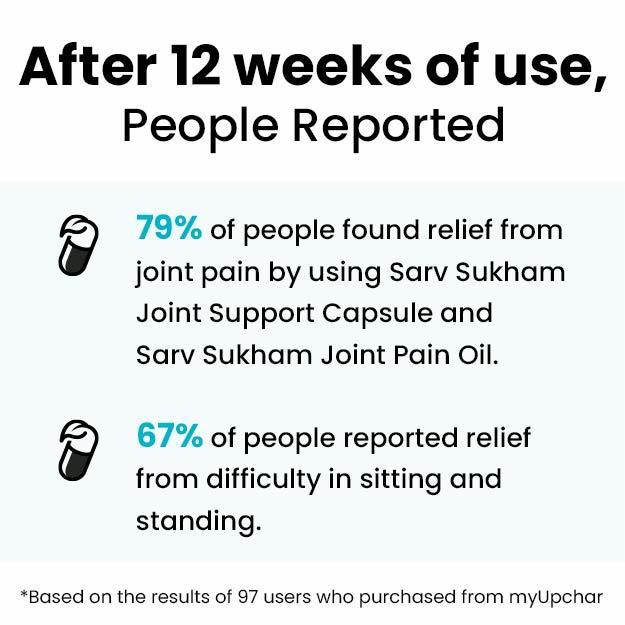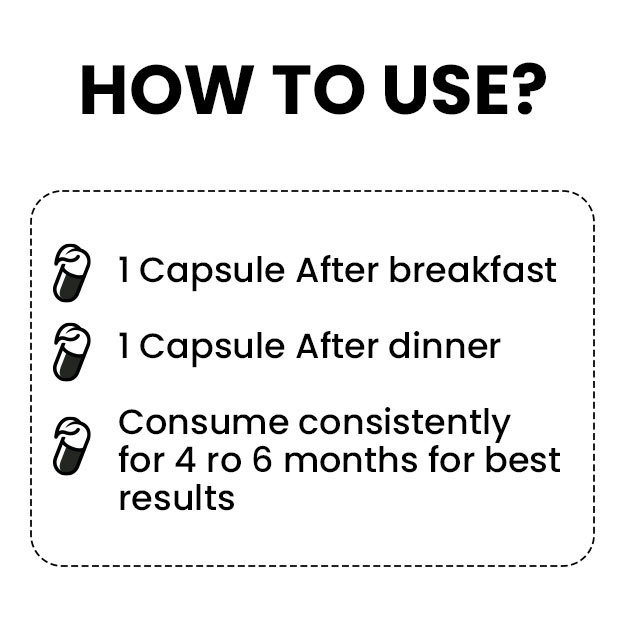Inflammation of one or both SI joints is called sacroiliac joint dysfunction or sacroiliitis. Sacroiliitis can be caused by the following reasons:
If there is stress on the joints for too long, it can wear down the cartilage and cause osteoarthritis. As we age, osteoarthritis can affect the SI joint, spine, and other joints throughout the body.
Ankylosing spondylitis (AS) is an autoimmune disease characterized by arthritis accompanied by inflammation. Which affects the spinal cord and joints. In addition to causing pain, AS also causes new bones to form that line the joints in the spine. Although AS primarily affects the SI joints, it can cause inflammation in other joints as well as other organs and eyes. AS is a long-term disease. There may be intermittent mild or severe pain. This disease is most commonly seen in young men.
When uric acid increases too much in the body, gout or arthritis can occur. This disease is characterized by severe joint pain. Gout always affects the big toe first, but it can affect all joints, including the SI joint.
The SI joint can also be injured by trauma, with injuries caused by falls and car accidents being common.
(Read more - Best Food For Joint Pain)
Relaxin, a hormone released during pregnancy, makes the SI joints more flexible. This widens the pelvis to make childbirth easier. The increase in mother's weight during pregnancy and the increased movement of the body in response to the weight of the baby can cause pain in the SI joints. Pregnant women who experience pain have a higher risk of developing arthritis in the SI joints, and the risk increases over time during pregnancy.
Abnormal gait can cause SI joint pain. People walk abnormally due to problems such as leg length discrepancy, joint fusion of the knee, hip or ankle, or a crooked leg due to pain. By correcting these problems, SI joint pain goes away.
(Read more - Tips For Healthy Joints)


